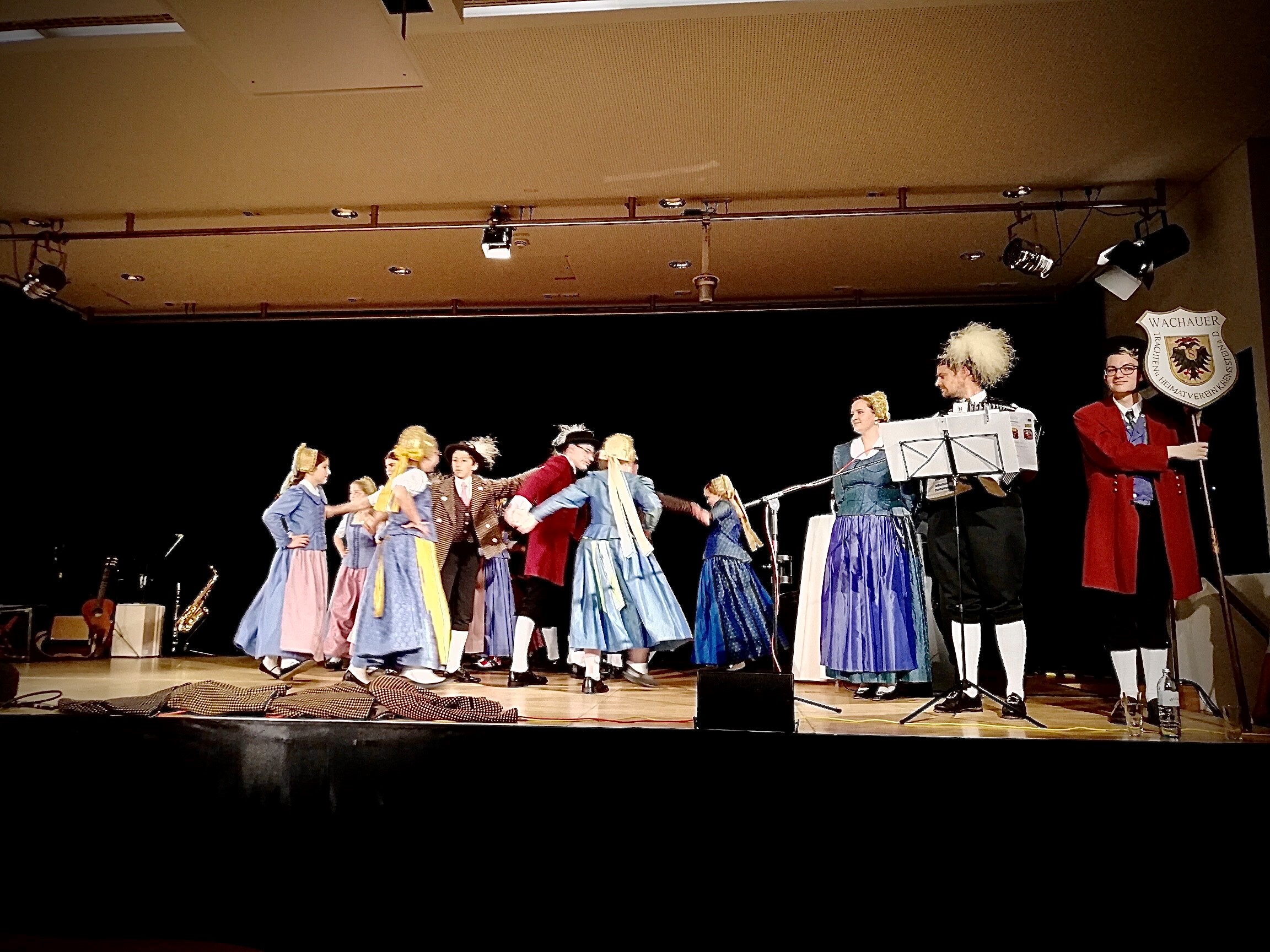Author: Katharina Diernberger
Health Economics at the 9th International Seminar of the European Palliative Care Research Centre
At the end of October (23rd to 25th), I travelled to Krems in Austria to attend the 9th International Seminar of the European Palliative Care Research Centre (EPCRC). In this post, I will offer my thoughts on the conference and tell you a little about my work which I presented there.
This was the second time I have attended the EPCRC conference- last year it was held here in Edinburgh. Whilst I enjoyed the conference last year, my reflection was that the health economics voice was definitely lacking. So, I was really hoping for good things for the conference in Krems- especially since for me this meant travelling to my home turf! I am happy to report that I was not disappointed. This year’s presentations included a lot of health economic considerations and health economics featured as a core topic throughout. For example, a talk by Professor Nathan Cherny form Israel was mainly focussed on the Health Technology Assessment process and how it links to the Magnitude of the Clinical Benefit scale. Anna Kitta from Austria and David Blum from Switzerland presented study proposals in the area of eHealth mentioning the potential costs savings for the health care systems through to technological innovation.
I also had the great opportunity to present on the Friday morning of the conference. Having attended the conference before, I knew that the audience won’t come from a health economics background. I was therefore mindful that the mention of economics alongside end of life care might have triggered in their minds the ever present myth that Economists want to take resources away from these settings. I therefore made it my mission to ensure that I convinced the audience otherwise! I decided to split my presentation into two parts. I started with the topic “The (in)compatibility of health economics and end of life care”. In this first part, I introduced some of the key health economics ideas and summed up the importance and the challenges that health economics faces, particularly with respect to end of life care. I also outlined the current situation in the UK and presented some new developments in methodological research. Hoping that I had managed to bust some health economics myths, the second part of my presentation covered the “Health economics in the EPAT study”. In this part, I showed a bit of applied health economics, presenting the economic results of a cluster randomised controlled trial testing a systematic approach in the assessment and management of cancer pain. Both presentations were well received and prompted lively discussions, so I was very happy with that.
The overall quality of the presentations at the conference, as well as the presented topics, were very well chosen and incredibly relevant to the developing field of health economics within end of life care. I got the impression that early palliative care is a major focus within the community and there is definitely a shift towards making palliative care services more flexible and patient centred. Another commonly discussed topic, which linked well with my presentation, was the potential “overtreatment” of patients in the last phase of their life.
An additional main focus of the conference was on Patient Reported Outcome Measures (PROMs) , which is of great importance for the methods development of health economics. I could take away that not just the health economists but also clinical professionals are very aware that patient questionnaires designed for a curative setting are not fit for purpose in an end of life situation.
I hope to attend next year’s conference and I am curious to see if the trend of increasing awareness and representation of health economics continues. You’ll see below some photos from the lovely Austrian dinner which the conference organisers put on for us, with traditional music and dances performed by the children group from the “Wachauer Trachten und Heimatverein Krems”.




